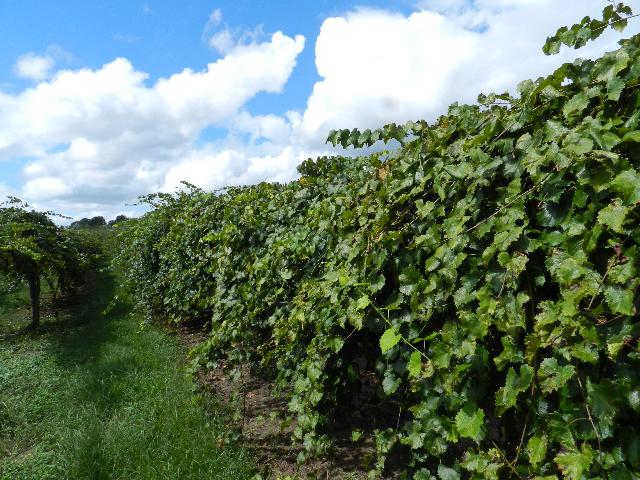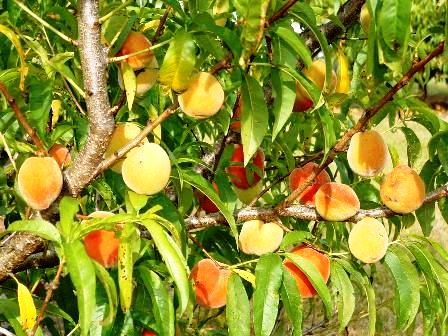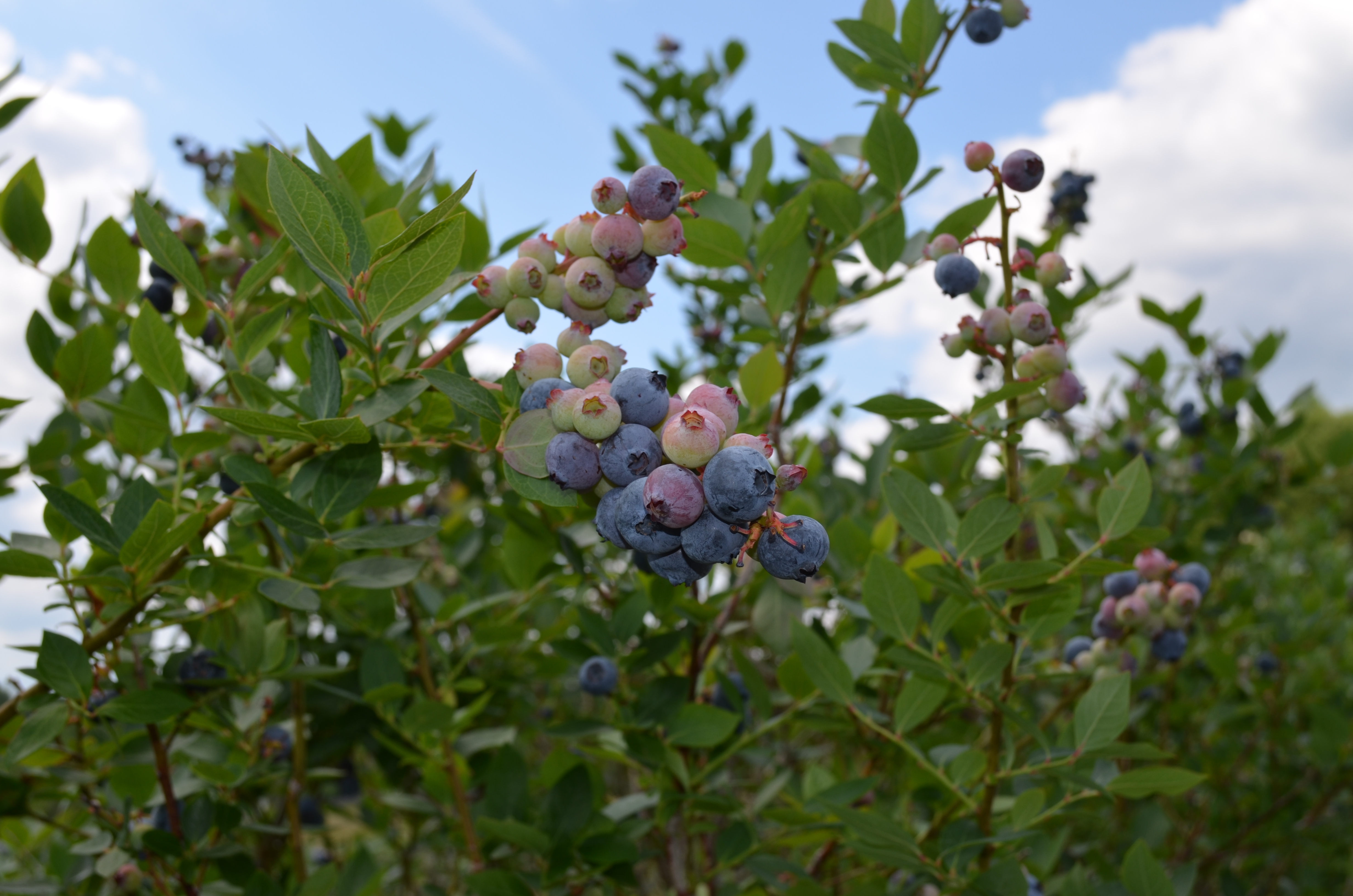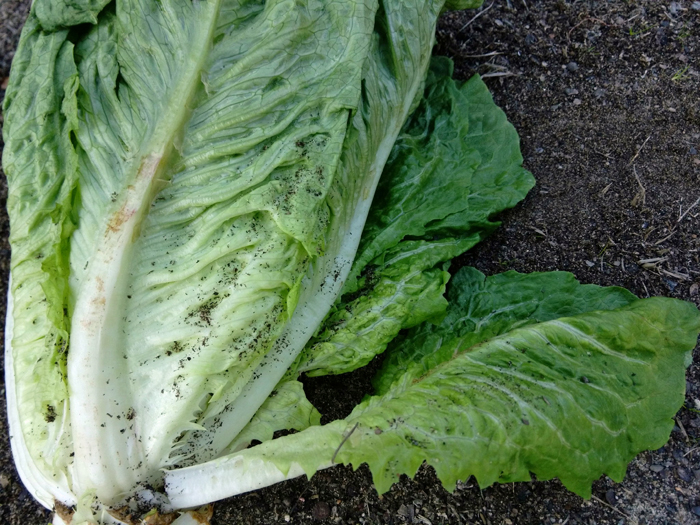by Les Harrison | Sep 11, 2015
On September 10, 2015 the U.S. Food and Drug Administration (FDA) released its final rules for Current Good Manufacturing Practice and Hazard Analysis and Risk-Based Preventive Controls for Human Food. The enabling legislation was the FDA Food Safety Modernization Act...

by Matthew Orwat | Aug 7, 2015
Last year, I wrote an article for this newsletter about late bearing muscadine cultivars. There are many early, mid, and late bearing cultivars, and a list can be found in the publication: The Muscadine Grape. August is the very beginning of the muscadine harvest in...

by Peter C. Andersen | Mar 20, 2015
Prunus species require the accumulation of cold winter temperatures to allow for normal bud development and budbreak in the spring. Traditional temperate zone peach and nectarine cultivars require 800 to 1200 hours of cumulative hourly temperatures of 45oF or less...

by Matthew Orwat | Mar 13, 2015
In the Florida Panhandle, blueberry jam, blueberry cobbler and fresh blueberries seem to be a staple. This is because there are many local, u-pick, direct-market, and wholesale growers who provide a top quality product. Farmers wanting to add blueberries to their...

by Evan Anderson | Feb 20, 2015
The United States has one of the safest food supplies in the world, and it’s no coincidence. A lot of work has been put into developing rules that producers, processors, and distributors must follow in order to keep the food we eat safe. Even so, there are still...
by Peter C. Andersen | Oct 17, 2014
Muscadine grapes (Vitis rotundifolia Michx.) subgenus Muscadinia are different from European and American bunch grapes (subgenus Euvitis) in chromosome number, vine and berry morphology, and juice characteristics. In contrast to Euvitis grapes, very little data is...




